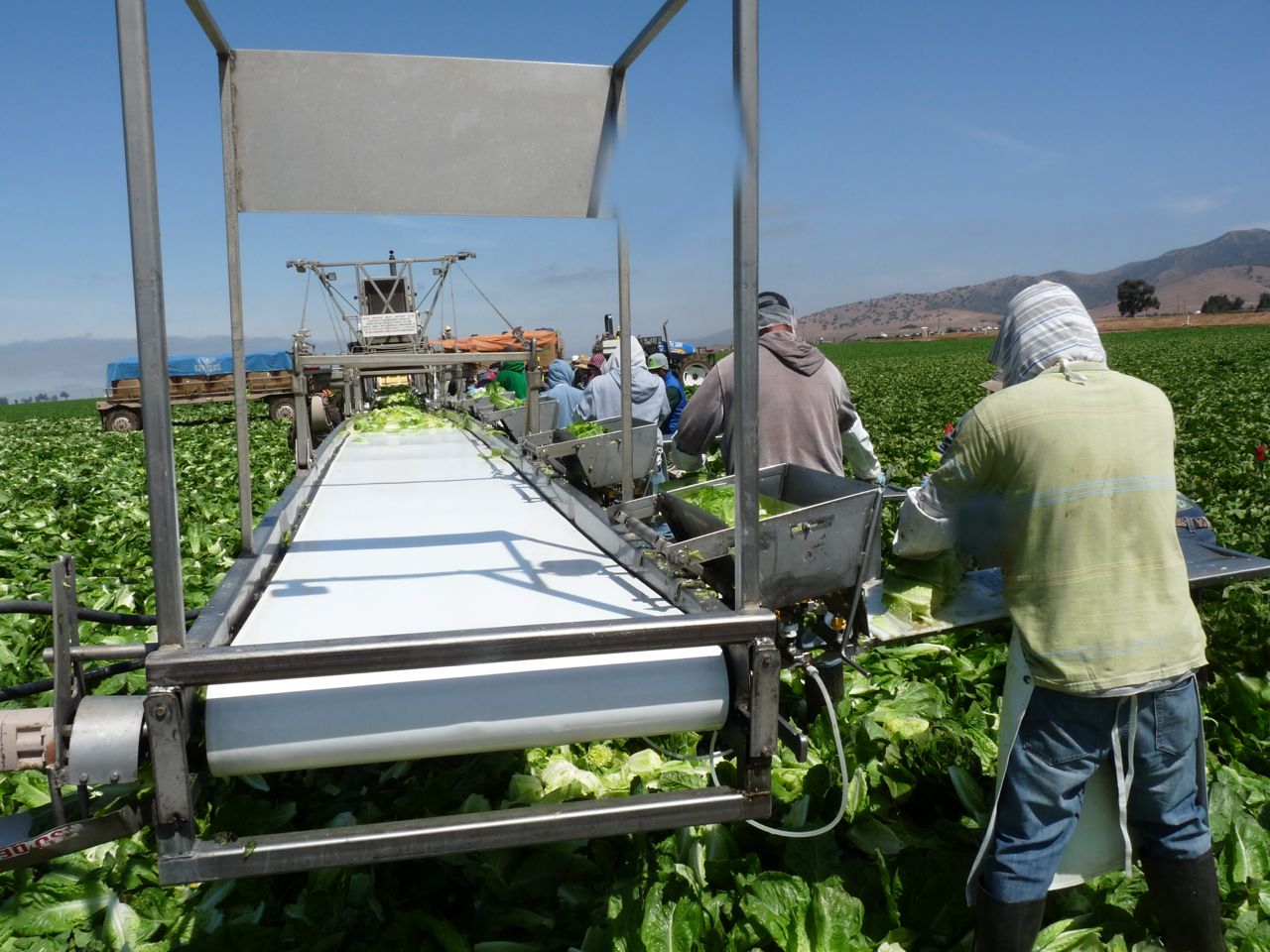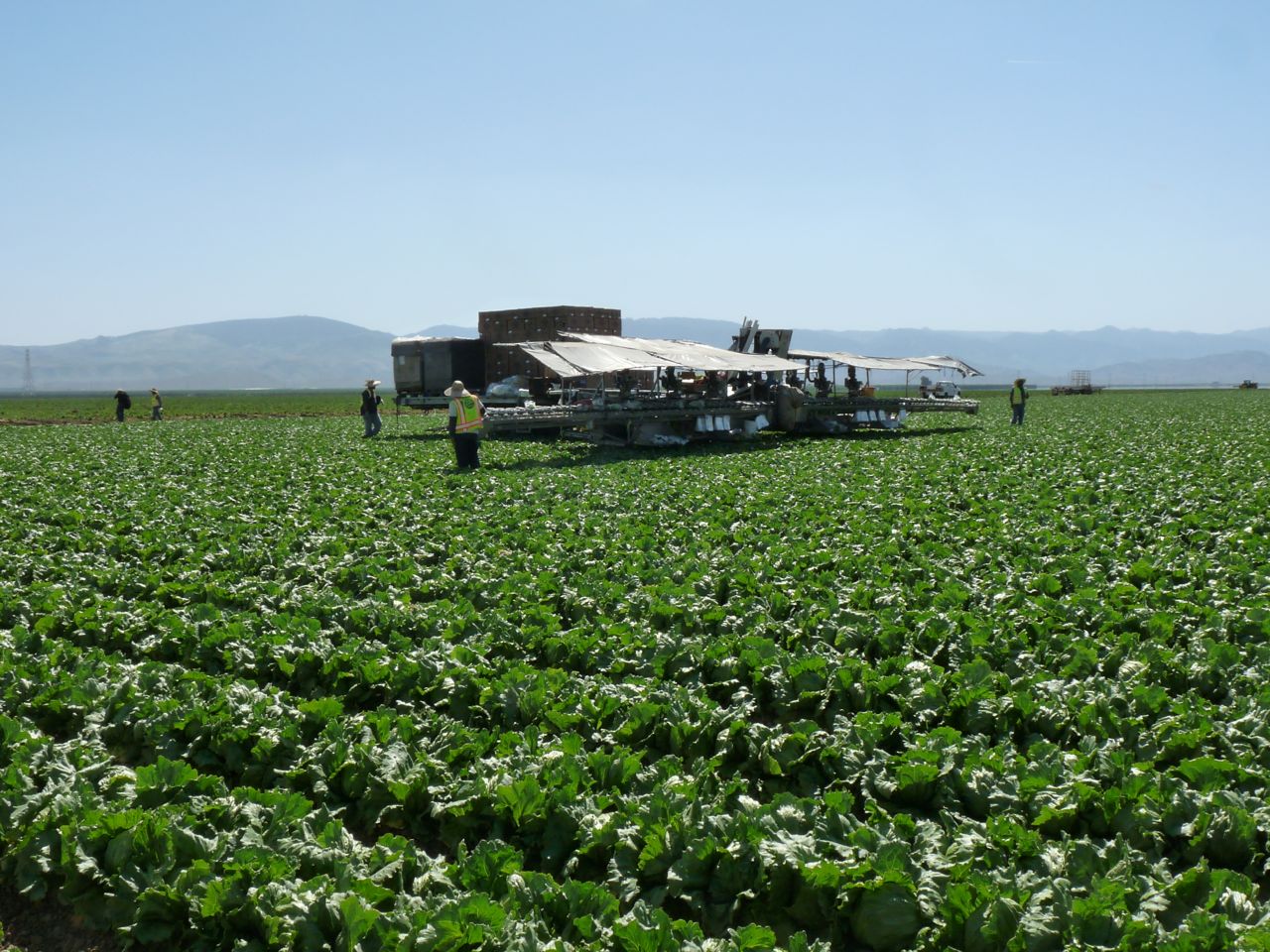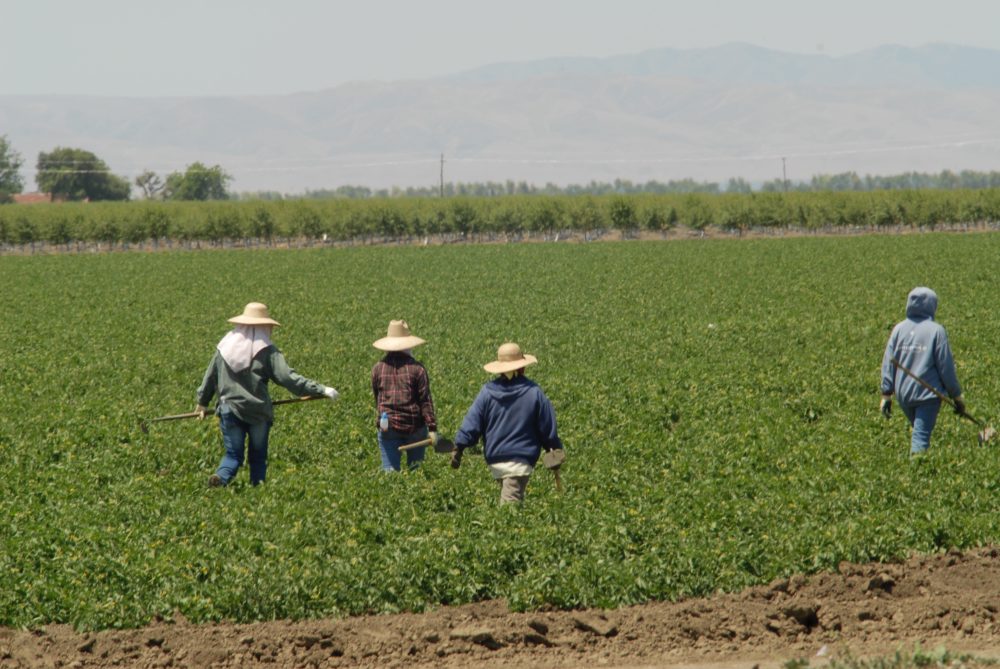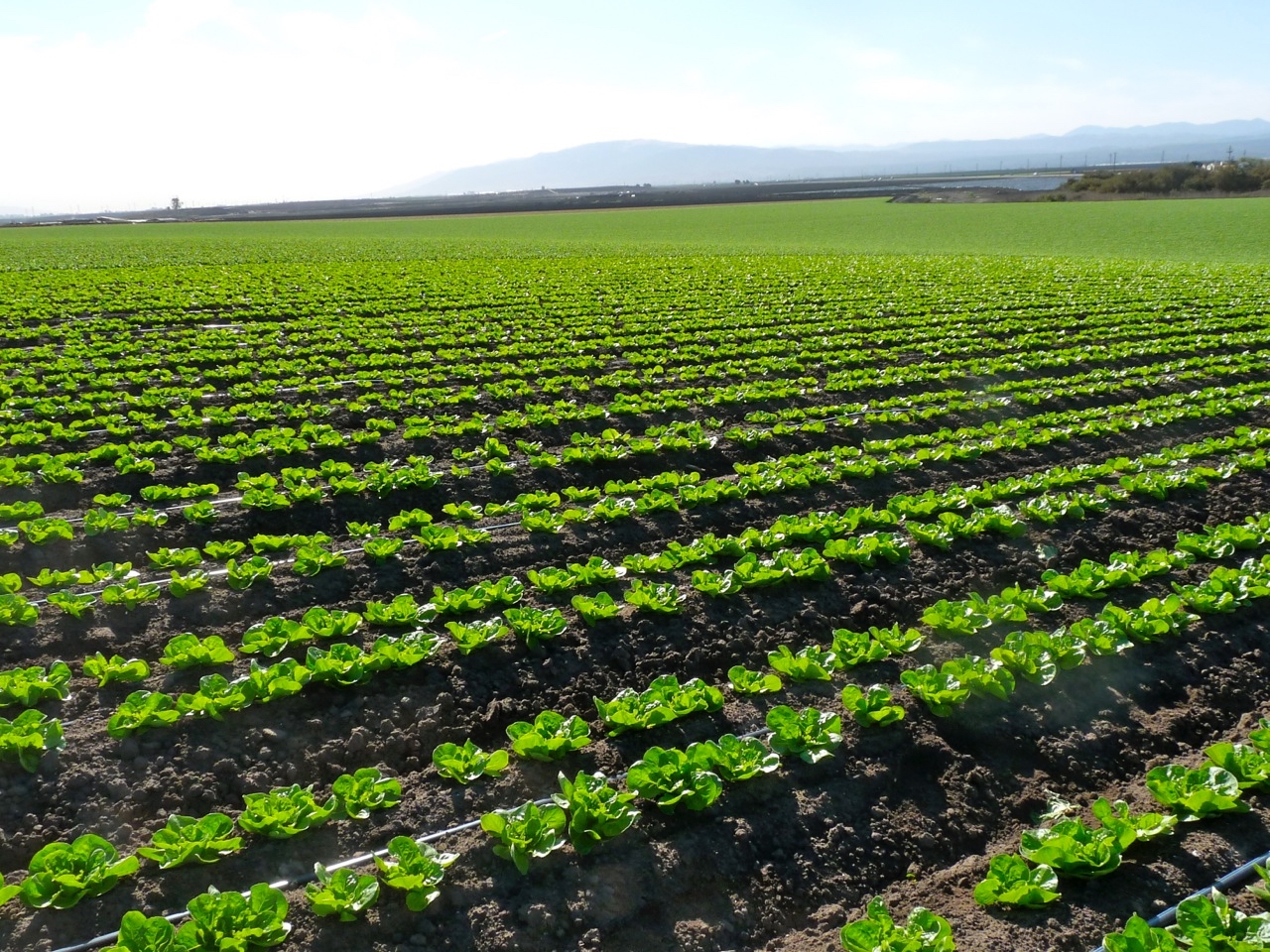Safe Food Alliance Helps Keep Food Safe
Standard is Parts Per Billion Today
By Patrick Cavanaugh, Editor
California Ag Today recently spoke with Mark Mariani, executive chairman of the Mariani Packing Company in Vacaville and outgoing chairman of the Safe Food Alliance, which recently opened a new laboratory in Kingsburg to provide further research into food safety.
“We’ve been members since 1946, and the fact that the produce industry is self-policing is very unique,” Mariani said.
“The reason why we enjoyed the DFA and now the SFA is the fact that we are very concerned about food safety and so we are in a very unique industry in the sense that we self-police ourselves and so this is not something new. We’ve been doing it for over 100 years,” he explained.
“It’s not the new trend, and so being part of the DFA and SFA gives us the opportunity to not only look at the way we do our practices in our manufacturing practices, but also it gives us an opportunity to look at how we test our products,” Mariani said. “And back in the day, we used to be happy with one part per million detections of something. Today, we’re insisting on one part per billion.”
























